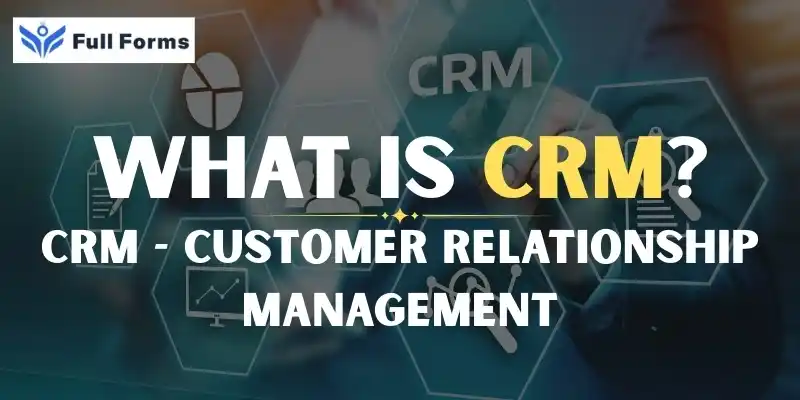Customer Relationship Management
(CRM)

Description
A CRM system is quite innovative and refers to the strategies, applications, and technologies used by companies for managing and accurately analyzing customer communication.
If you have received an email with your name on it or had your questions answered quickly, then it’s certain that a CRM system was in operation. Below is a very simple guide as to what it actually is and why it matters so much.
CRM stands for Customer Relationship Management.
It refers to the practices and systems that an organization employs to keep track, document, and analyze all touchpoints with customers throughout the customer’s lifecycle. They are meant to improve the strength of customer relationships, enhance retention, and drive incremental revenues through cross-selling and upselling.
Typical uses of CRM are:
- Keeping customer contact information
- Tracking communications – calls, emails, and meetings
- Managing sales and marketing campaigns
- Bettering customer support
How does CRM work?
Normally, the CRM platform is said to be a software application that integrates all customer information into one system. Such information may include but may not be limited to the following: Contact details such as names, phone numbers, and email addresses; past purchases; notes from past conversations; customer preferences and feedback; as well as support issues and how they were resorted to. When all information regarding a certain customer is located in one site, then any member of the team can quickly go through the history of a certain customer and give personalized and efficient service.
Why Do Businesses Use CRM?
CRM systems provide several advantages, including improved organization by centralizing all customer information for easy access; more robust relationships, through staff being able to deliver communication and support that reflect customer history; higher sales by managing leads, follow-up timing, and closing deals as a sales team more effective; enhanced customer service through quick access to information for speedy problem-solving; and data insights from spotting trends and making informed decisions based on the customer data.
Who Would Benefit from CRM?
Customer Relationship Management (CRM) tools cater to a varied assortment of organizations, such as:
- Those big companies managing very huge clienteles
- Small businesses willing to expand and provide personalized services
- Sales teams that need to keep a track of leads and progress in deals
- Customer service departments that need to deal with inquiries and issues
- Marketing teams that intend to concentrate on special groups of clients
Common CRM Activities
Some things you can do with a CRM system include:
- Sending thank you emails post-purchase
- Alerting sales teams to follow up with potential clients
- Logging the results of customer service interactions
- Segmenting your customers to concentrate marketing efforts
- Identifying top-spending customers
Types of CRM Systems
There are different forms in which CRM systems or platforms are in place, including:
- Operational CRM: Supporting front-office applications that manage direct interaction with customers regarding sales and marketing automation, and service automation systems.
- Analytical CRM: Analyzing customer data and finding trends among the customers to shape the business strategy.
- Collaborative CRM: Sharing any customer-related information across the departments to make them work together.
The most commonly known CRM applications are Salesforce, HubSpot, Zoho CRM, and Microsoft Dynamics 365.
If it’s just a simple contact list or more advanced software, CRM can help solidify relationship ties, beef up sales, and improve client satisfaction. Understanding and putting into practice CRM can work for any sized organization.
